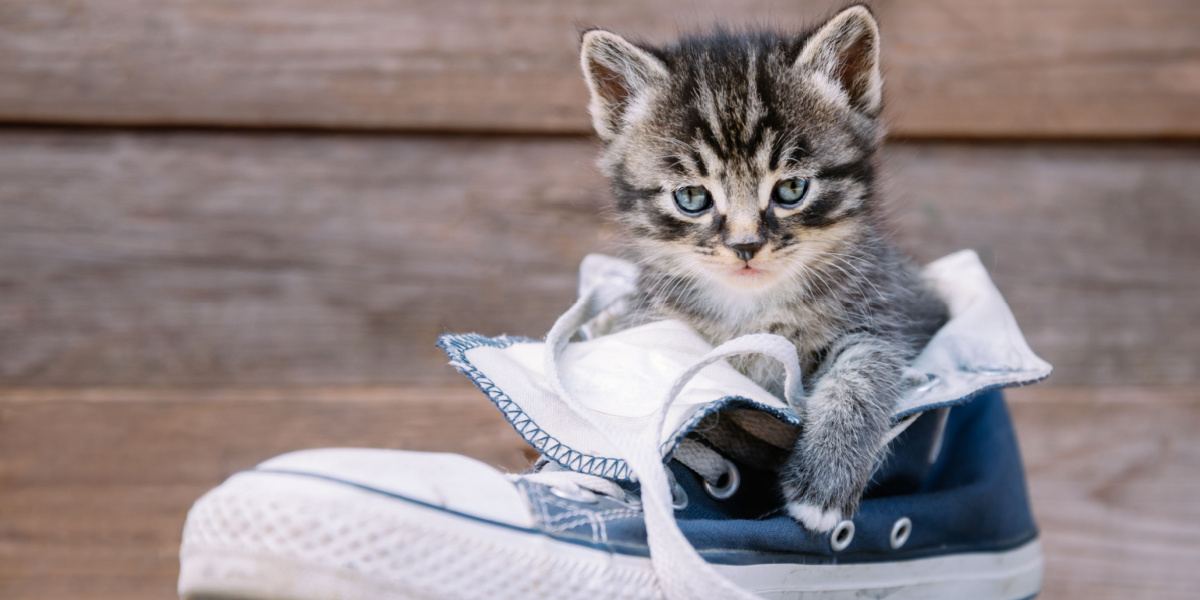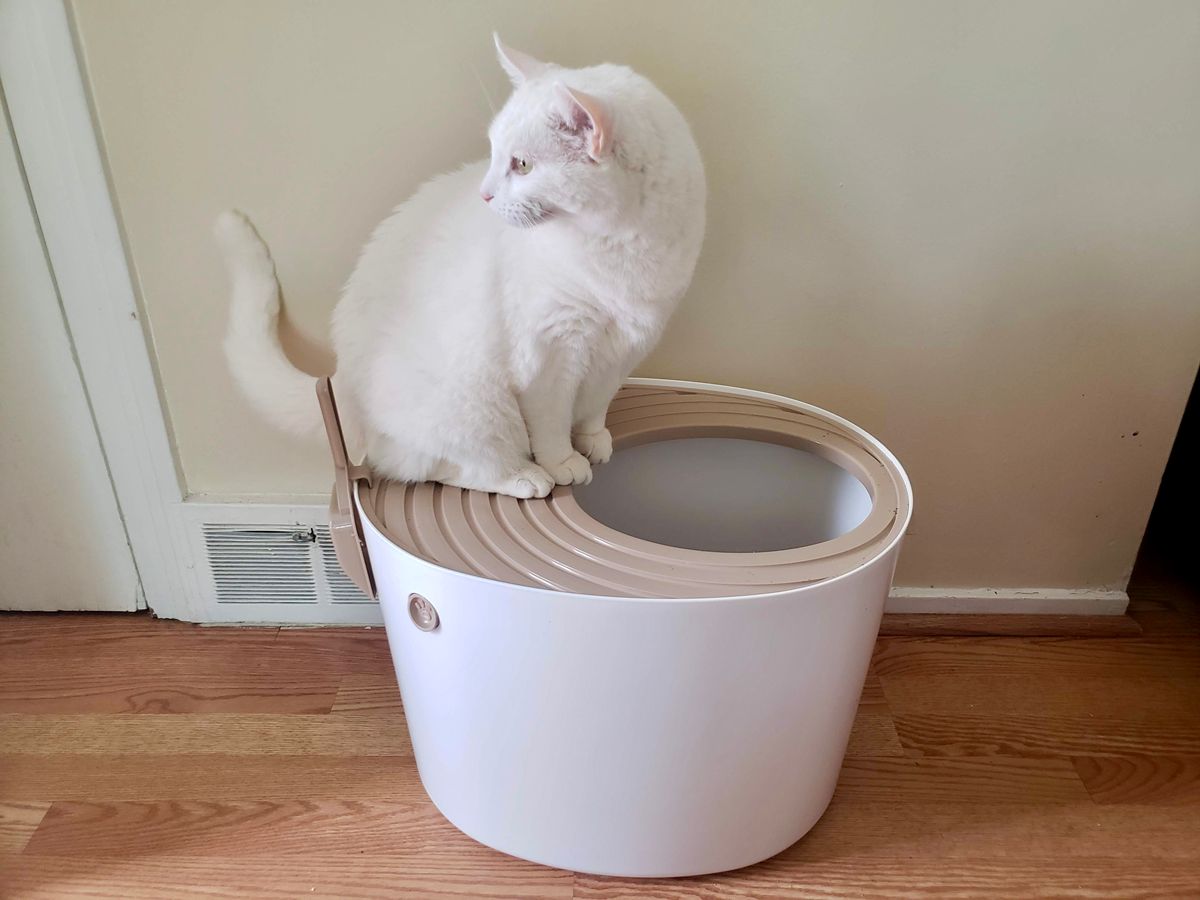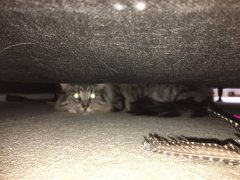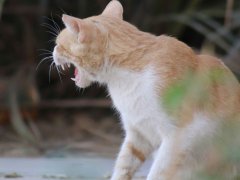
Duet PandG / Shutterstock.com
There is nothing worse than putting on your shoe only to find that your cat has done her business there. A soggy sock from pee is bad enough, but poop is even worse.
If your cat has started making a habit of toileting in your shoes, you’ll want to find out how to stop it from happening—and quickly! But to do this, you first need to know why your cat has developed this unpleasant habit in the first place. Let’s take a closer look at why cats sometimes pee and poop in shoes.
Cats pee and poop in shoes for a number of reasons including medical problems, stress, a dirty litter box, and conflict with other cats in the household. Ensure you have an adequate number of litter boxes in your home for the number of cats you have. The golden rule is one litter box per cat plus one extra. Take your cat to the veterinarian if you are concerned they might be unwell. If medical problems are ruled out, your vet might suggest referring you to a cat behaviorist to help fix the problem.Key Takeaways
1. Litter Box Aversion
Cats are naturally clean animals. If their litter box is too dirty for their liking, they might decide to toilet elsewhere. Cats instinctively prefer to cover up their pee and poop so shoes might be seen as a good alternative to a litter box because their excrement is hidden from sight.
Cats prefer choice when it comes to their litter box. The golden rule for the number of boxes you should have in your household is one box per cat plus one extra. Place the boxes in different locations around the house, preferably somewhere quiet and away from the hustle and bustle of the home. It might be tempting to put a litter box in a utility room but bear in mind that some cats might be put off using it if there is a nearby noisy washing machine or boiler system.
Your cat might be deterred from using their litter box if you use a different kitty litter than normal. Different cats prefer different substrates and in particular, might avoid using a scented litter. Remember, cats have extremely sensitive noses so a perfumed litter will smell much stronger to them than it does to us.
2. Medical Conditions

Conditions that affect the bladder can be painful, causing cats to associate the litter box with discomfort. Kate Barrington / Cats.com
Sometimes, a medical condition might be causing your cat to pee or poop in your shoes rather than use their litter box.
Urinary Tract Disease
One of the most common causes for cats peeing outside their litter box is feline lower urinary tract disease (FLUTD). This is the term given to a group of diseases that cause urinary problems in cats. The most common one is feline idiopathic cystitis (FIC), which can cause pain while urinating and increased frequency of urination, often in places other than the litter box (for example shoes). It can be exacerbated by stress, amongst other reasons.
Urinary crystals and stones can be another cause of inappropriate urination and these can be life-threatening if they cause a urethral obstruction. This is where a blockage prevents your cat from being able to pass urine and is a medical emergency. You should take your cat to the veterinarian immediately if you suspect they are unable to pass urine.
Arthritis
Pain from arthritis can mean that your cat is more reluctant to use the litter box and more likely to look elsewhere for a place to pee and poop. Litter boxes with deep sides can mean your cat has difficulty getting in and out so try swapping the box for one with shallower sides to see if this helps.
Diseases That Cause Increased Urination
Medical conditions such as diabetes or kidney disease can cause your cat to drink more and subsequently urinate more frequently. Your cat might choose to use your shoes as a second litter tray if she’s passing urine more frequently.
Cognitive Dysfunction
Senior cats can develop cognitive dysfunction, similar to dementia in humans. This can cause them to forget to use their litter tray and toilet in strange places such as your shoes, as well as resulting in other odd behaviors.
3. Stress

Even small changes can stress cats, leading to behaviors like loud meowing or fur pulling. Liz Coleman / Cats.com
Seemingly small things can be a source of stress for cats and a stressed cat can exhibit all sorts of unwanted behaviors from excessive vocalization to pulling out their own fur. Stress is a very common reason for inappropriate toilet habits such as peeing and pooping in shoes. Sources of stress for a cat could include things such as a new baby in the household, noisy builders next door, a new cat in the neighborhood, or too much unwanted fuss and attention from a person.
Underlying medical conditions need to be ruled out by a veterinarian before assuming that your cat’s inappropriate shoe toileting is down to stress. Where possible, eliminating the source of stress will usually fix the problem. Sometimes this isn’t possible, or you might not be able to figure out what is stressing your cat. In these cases, using calming supplements or plug-in pheromone diffusers can help to relax your cat and make them feel safe.
4. Conflict With Another Household Pet
Cats do not always enjoy living with other cats. Multi-cat households can be a source of stress for some cats, particularly if the home is relatively small and there aren’t large open spaces for cats to avoid each other if they wish. Even if you haven’t witnessed any fights, it doesn’t necessarily mean that you have a harmonious group of cats.
Watch closely and you might notice that there is a more assertive cat bullying a more nervous cat. Cats can sometimes block other cats from gaining access to their resources such as the litter box, causing them to choose to toilet elsewhere, such as in your shoes!
Sometimes, the stress alone of living with another cat can result in your cat using your shoes to pee and poop in, even if the other cat isn’t directly blocking their access to the litter box.
5. Territory Marking
Cats usually mark their territory through urine spraying, rather than peeing while squatting or defecating. Some cats will spray urine on things in an attempt to attract a mate.
Urine spraying is performed while a cat is standing up and holding their tail vertically, usually against a vertical surface. As a result, you would be more likely to find your shoes covered in urine, rather than a pool of urine inside the shoe.
Neutering your cat usually prevents them from marking their territory or trying to find a mate through urine spraying. Occasionally, if it has been a long-standing behavior, it becomes a habit and can continue even once a cat is neutered. If this is the case, you might need to consult your veterinarian for advice or referral to a cat behaviorist.
How Can I Stop My Cat From Peeing and Pooping in My Shoes?

To stop your cat from using your shoes as a toilet, figure out the cause—there’s usually a reason behind the behavior. Kirsten McCarthy / Cats.com
- Try and determine why your cat is toileting in your shoes. It might not be easy but usually, you can uncover a reason for your cat’s bad habit.
- Keep your shoes out of reach. Your cat can’t pee or poop in your shoes if they can’t get to them. However, if there is an underlying cause rather than it just being a bad habit, this could just cause your cat to find somewhere else in your house to pee and poop.
- Wash or spray your shoes with an enzymatic cleaner. Normal detergent won’t cut it—cats have such sensitive noses that they can still smell traces of urine scent on your shoes, even after washing. Enzymatic cleaners break down odors so that no trace is left behind.
- Never use verbal or physical punishment on your cat. Your cat will not understand what it is they have done wrong and will only become frightened of you. It could even make the problem worse, especially if the root cause is stress.
- Take your cat to the veterinarian to get her checked over. Your veterinarian will be able to rule out any underlying medical conditions that could be causing your cat’s behavior and help you sort the problem out. They might suggest referring you to a qualified cat behaviorist if no medical reason for your cat’s shoe toileting is found.
Final Thoughts
Now you understand some of the reasons that your cat could be peeing and pooping in your shoes, hopefully, you can figure out the cause. As with any problem, there are solutions so don’t despair. Cat behavior can be complex so consult your veterinarian if you find the problem isn’t easily fixed.
Frequently Asked Questions
Why does my cat keep peeing in my shoe?
Cats pee in shoes for a number of reasons including stress, a dirty litter box, or a medical condition. Take your cat to the veterinarian, who will be able to help you determine the cause and find a solution.
Why do cats like dirty shoes?
Cats have extremely sensitive noses and a dirty shoe can provide them with a lot of information about where that shoe has been and what it’s been in contact with. Cats will often spend a lot of time sniffing worn shoes.
Why do cats put things in shoes?
Some cats like to "hunt" things and then hide them for later. Shoes provide them with a small, secret hiding place for toys or other objects that they deem valuable or similar to prey.







